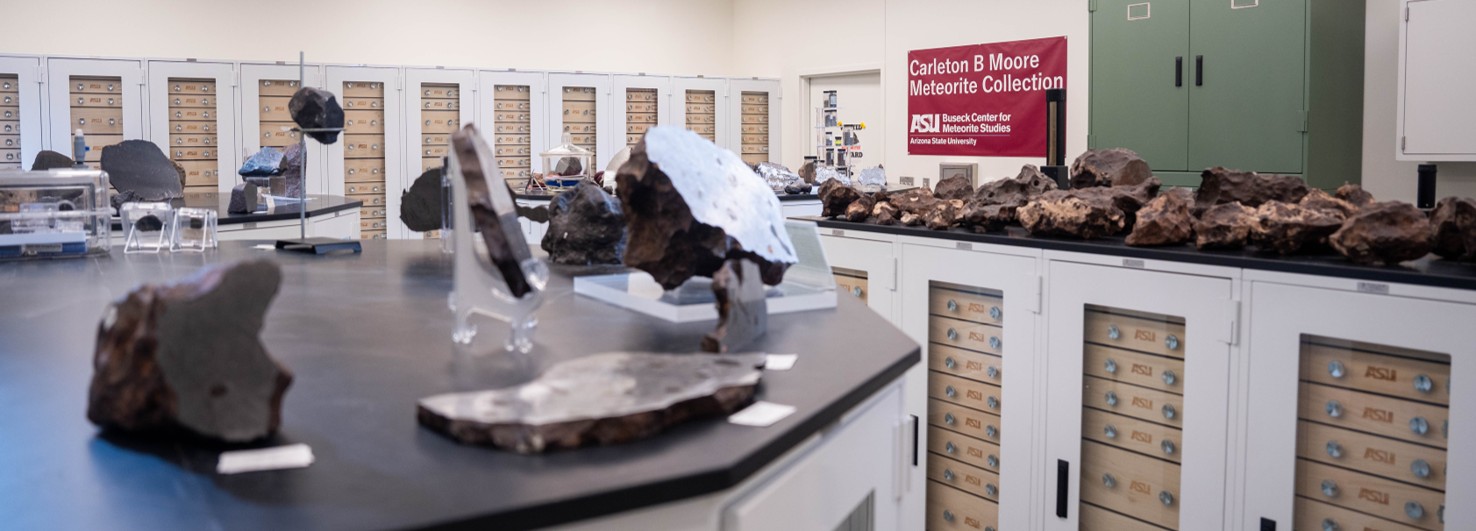
Greetings from Rome – part 2Center Director Meenakshi Wadhwa spent part of the summer chairing the 2016 Vatican Observatory Summer School (VOSS) in Astrophysics, on Water in the Solar System and Beyond. This is the second in a series of digital post cards from her travels – stay tuned for future updates! Highlights from the Vatican Meteorite Collection – Orgueil… |
Center Assistant Director at 21st Science in Japan Forum!This June, Center Assistant Director Devin Schrader attended a meeting to promote US-Japan Collaboration in Space Sciences, hosted by the Japan Society for the Promotion of Science (JSPS), in Washington, DC. Schrader presented recent findings from his work in support of NASA’s OSIRIS-REx asteroid sample return mission, during the Pre-Forum Meeting on Future Cosmochemistry, and… |
Greetings from Rome!Center Director Meenakshi Wadhwa spent part of the summer chairing the 2016 Vatican Observatory Summer School (VOSS) in Astrophysics, on Water in the Solar System and Beyond. This is the first in a series of digital post cards from her travels in Rome – stay tuned for future updates! Students and faculty of the 2016… |
Center Student Awarded NASA Earth & Space Science Fellowship!The recipients of the prestigious 2016 NASA Earth and Space Science Fellowship (NESSF) have been announced, and include the Center's own Emilie Dunham! Emilie's research focuses on measuring the rare earth element (REE) abundances of Martian basaltic meteorites to determine their formation history and composition of the parent magma. She is also analyzing beryllium and… |